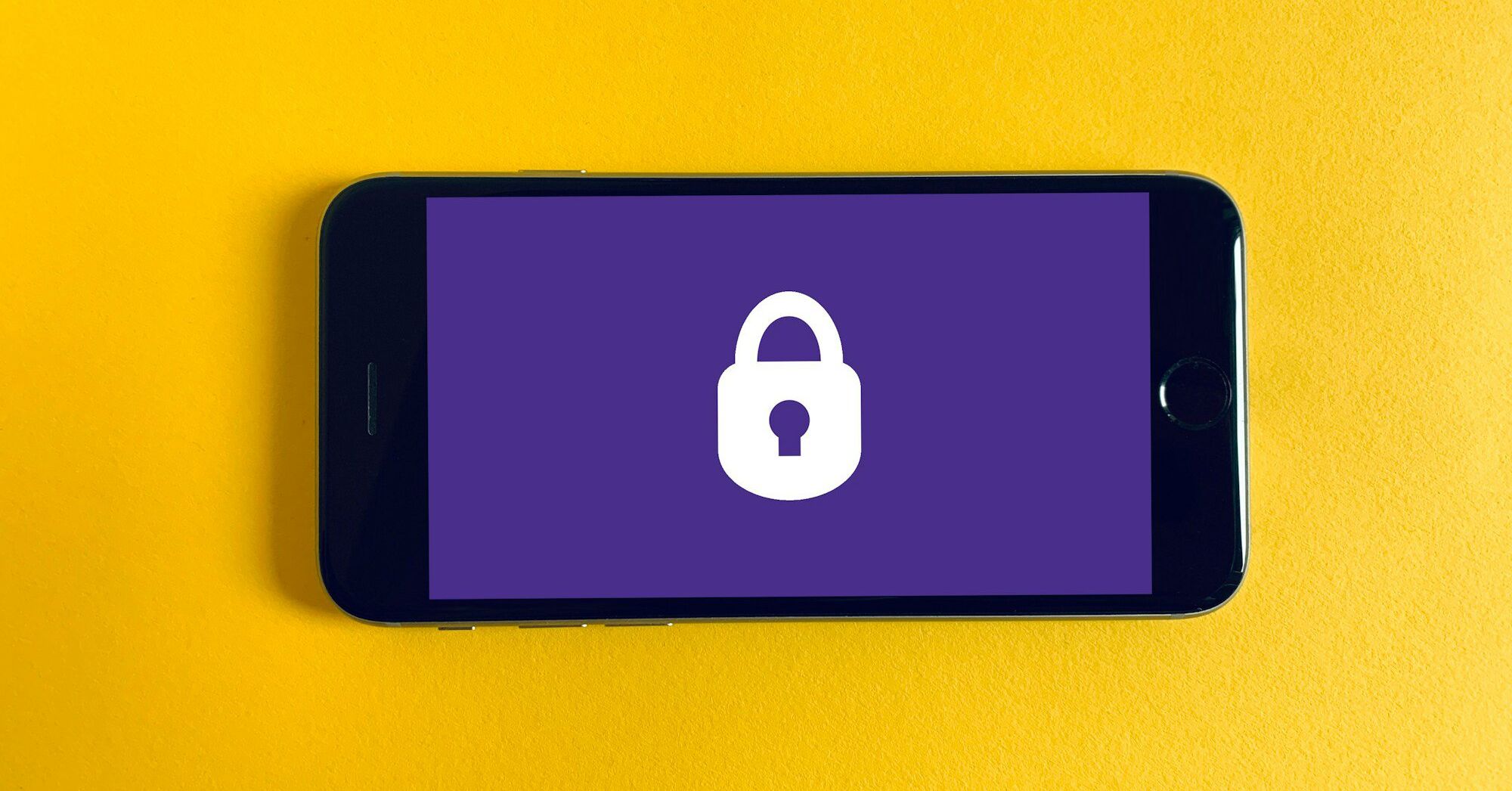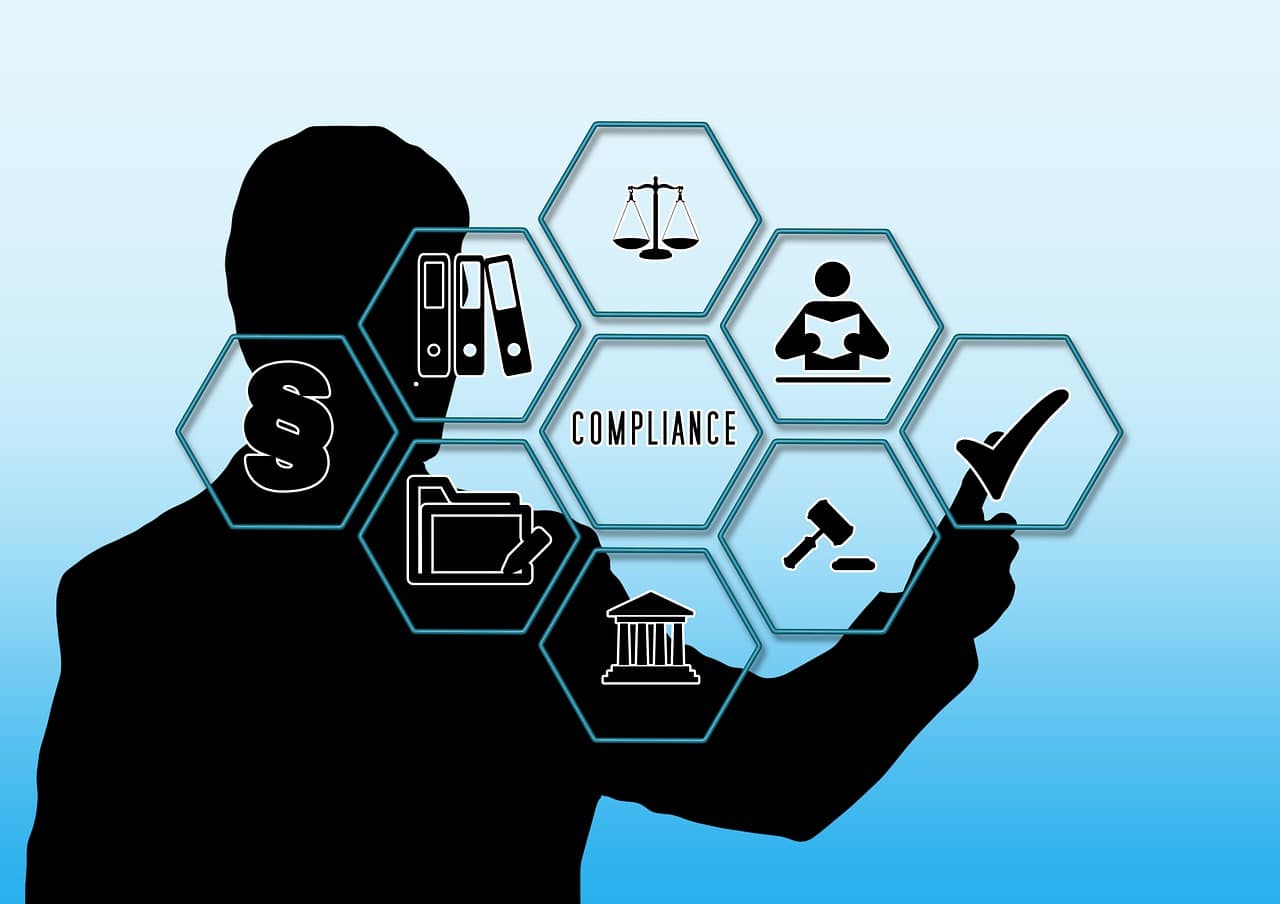When you decide to integrate Governance, Risk Management and Compliance (GRC) into your overall company strategy, you’re not just ticking boxes—you’re building a robust framework that safeguards your organization’s information assets. This proactive approach empowers compliance teams to identify potential vulnerabilities, streamline processes and ensure adherence to ISO 27001 standards.
GRC practices as a whole can serve as a cornerstone for maintaining trust and security in an ever-evolving digital landscape. It goes hand in hand with the internationally recognized International Organization for Standardization (ISO) 27001 framework that specifies the requirements your team has to follow to protect sensitive information and address business risks.
Integrating GRC practices and ISO 27001 management can protect your business from embarrassment, lost profits, and possible litigation due to private data leaks.
1. Governance: Aligning ISO 27001 with organizational objectives
Organizations turn to GRC for ISO 27001 compliance because the approach lays out a holistic approach to keeping internal data safe. But, as with any comprehensive strategy, you need strong leadership and a culture of accountability to do this effectively. Passing the buck won’t solve the problem of frequent data breaches.
Establishing Leadership Commitment and Accountability
Leaders taking responsibility for IT practices, customer and employee data, and tech safety encourage others throughout the organization to do the same. With each product, assigning proper responsibility and ownership helps your company meet milestones, target initiatives, and stay ahead of the competition.
Your corporate strategy can turn disastrous if you fail to integrate information security management systems (ISMS) into your business processes. A lack of clear direction and standard training for individuals and teams can create a situation in which people aren’t informed about how to safely handle communication and documentation.
If your company is behind on its ISO 27001 governance standards, you can risk a data breach like what happened to Reddit. On February 5, 2023, a cyber-attacker accessed the site’s internal code and documents after gaining an employee’s credentials.
You can prevent such risks in your company by updating your information security policies and systems to the latest ISO 27001 edition. This third edition, published in October 2022, focuses on cloud-first organizations.
Developing a Cybersecurity Policy Checklist
Creating a cybersecurity policy should be a leadership priority when incorporating GRC for ISO 27001. If you haven’t already done so, here are the steps you should follow to integrate information security management into your business processes:
- Create password specifications: Encourage users to create long passwords incorporating numerals, letters and non-alphanumeric symbols.
- Limit work devices: Place limits on what devices people can use or software they can download to prevent malware and phishing.
- Provide email security training: Employees should know not to click on unknown links or attachments and recognize suspicious email addresses.
- Use whitelisting and blacklisting: Define which websites your employees can access using which devices.
- Be proactive: Don’t wait until there’s a cyber fire to put out; create, frequently update and test an incident response plan.

2. Risk Management: Enhancing ISO 27001 risk assessment and treatment
Implementing a risk-based approach to information security involves evaluating your departments and seeing where your security vulnerabilities lay. Best practices for ISO 27001 risk assessment include restricting who interacts with your data and how they do so. Is all work performed in-house on an intranet, or do you have remote teams reliant on a cloud? If one employee is compromised (as happened with Reddit), how much of your company data would be at risk?
Recent Leaks Exposing Risk
In August 2024 alone, data leaks affected more than 5.9 million Americans.
When National Public Data, a site that performs background checks, had a breach affecting billions of people, a class action lawsuit revealed that the company didn’t practice proper risk management when handling such sensitive information. Poor communication compounded the problem; though the breach occurred in December 2023, the story didn’t make headlines until September 2024. That is a costly error on the stakeholders’ end that affected the company’s reputation, litigation and unsuspecting people who never even used their service.
Other extensive leaks include:
- In March 2023, sensitive data linked to hundreds of U.S. House of Representatives members was exposed after their healthcare provider was compromised.
- Paramount Studios experienced a breach that affected more than 100 employees in 2023.
- In 2014, Sony Pictures fell victim to North Korean hackers who released emails and copies of film scripts after the release of a controversial film.
Focusing on Current Targets
At all levels, the data of any company, customer, and staff member is at risk, but some may become specific targets due to fame or the nature of the business or organization. Politicians can be more at risk during an election year. Sony became a target after the release of the film “The Interview.” These examples highlight the need for a tailored, risk-based approach to your information security.
Luckily, GRC for ISO 27001 gives you a framework for implementing this. Using GRC practices, you assess vulnerabilities and evaluate each department to look for potential security weak spots. Once you have a list of your potential vulnerabilities, you can analyze them through the lens of your organization’s profile and consider how your industry or current position may make it a target for specific threats. And then, based on your risk assessment, your team can put appropriate security measures in place.
Standard GRC Tools and Usage
You have powerful tools at your disposal for continuous risk monitoring and assessment. These GRC tools help you perform the following functions:
- Risk management software takes your captured risk data and makes it easy to assess risk performance, address findings, and share changes to risk profiles with stakeholders.
- Policy management platforms centralize your existing policies and simplify the approval process when you create new ones.
- Compliance management solutions consolidate your resources and let you map everything to the appropriate policy, regulation, standard, or risk.
- Audit management systems automate your audit process and generate reports.
Your organization can use these in tandem for ISO 27001 certification and to ensure ongoing compliance.

3. Compliance: Streamlining ISO 27001 compliance efforts
ISO compliance means your company voluntarily adheres to ISO certification standards and procedures. However, ISO 27001 compliance isn’t the same as certification, which is a more extensive process. ISO 27001 compliance is self-attestation that the organization complies with ISO 27001, and ISO 27001 certification requires independent audit validation. Yet, ISO 27001 compliance—even without the official credit of certification—is still deeply beneficial and worth pursuing. Knowing how to leverage GRC practices for ISO 27001 compliance aids in company data protection and market competitiveness by building trust with users.
Automation
With GRC tools, organizations can fully automate the compliance process. Automating ISO 27001 compliance with GRC software involves a control library that does mapping that makes regulations and existing risks clear to users. As ISO 27001 and related regulations change, your GRC system continuously updates documents, testing, and alerts. The workflow is seamless, as the necessary parties can view and sign off on testing and approvals as needed.
Documentation Standards
Streamlining ISMS implementation through GRC utilizes document control standards that define who can create, edit, and delete them. That way, you can avoid having important documents overwritten or stolen.
Failing to safely store updated documents will affect your compliance standing. If you still have hard copies, they should be kept in a separate locked room and file cabinets. These documents should be legible, complete, and frequently updated as needed, and employees should have limited access.
Your GRC software can streamline compliance within these frameworks thanks to automated monitoring and reporting. GRC practice also provides details on safely destroying hard copies you no longer need.

4. Technology: Leveraging GRC solutions for ISO 27001 management
Take the time to pick the right platform and vendor. Even a great tool can become useless without the proper implementation and management.
Common Pitfalls Implementing GRC Tech
Companies may run into errors attempting to implement GRC technology for ISO 27001 standards. Knowing these errors can help your team avoid them.
Here are a few common pitfalls to avoid:
- Failure to involve end users when evaluating solutions
- Not involving relevant stakeholders from the beginning
- Not having a solid service agreement with a GRC vendor
- Having undefined business requirements
- Over-customization
- Poor communication
- Short timelines
- Lack of testing procedures
- Lack of support staff (causing delays) or overstaffing (leading to miscommunication)
Don’t let a good tool or platform get away from your company because you don’t understand how it works. You can always request demos from solution experts who can explain what everything does. With automation, even the most complex systems can run themselves, as long as you choose the right vendor to implement them.
Once you get ISO 27001 certification, you have to work to maintain it. Failure to stay up to date on compliance practices can affect renewal, which you must do every three years. Don’t forget about the ongoing costs for audits and annual training, which can be several thousand dollars depending on the size of your team.
Top Features in a GRC Platform for ISO 27001
When selecting a GRC platform that can help you optimize your ISO 27001 management, look for:
- Auditing capability
- Data reporting
- Analytics
- Risk management tracking
- Policy help
- Regulation compatibility for your business
- Scalability
- Workflow management
- Onboarding support
- Customization options
- Cloud access
Optimizing ISO 27001 management through GRC
As you implement the practices laid out in ISO 27001, we’ll leave you with a few tips on how to maximize your effectiveness:
- Build a culture of security and compliance by integrating your security practices into everyday operations and taking time to train your employees.
- Aim for continuous improvement by regularly reviewing (and adjusting!) your information security management system based on performance metrics and regulatory compliance changes.
- Communicate with your stakeholders often and clearly. Share updates on security status, incidents, and improvements as you make them.
And, if you’d prefer to discuss your processes with an Onspring expert, we’re here to help.




